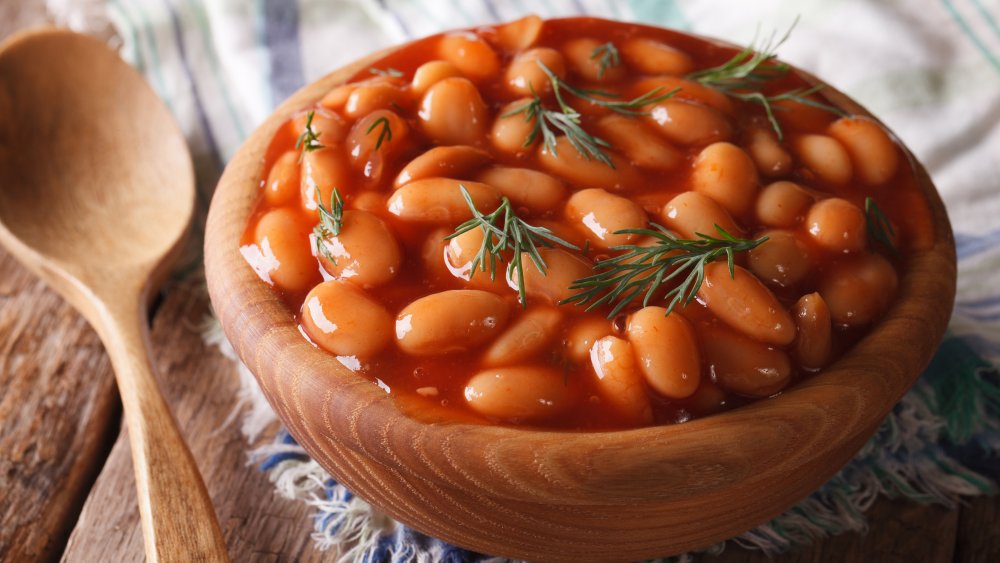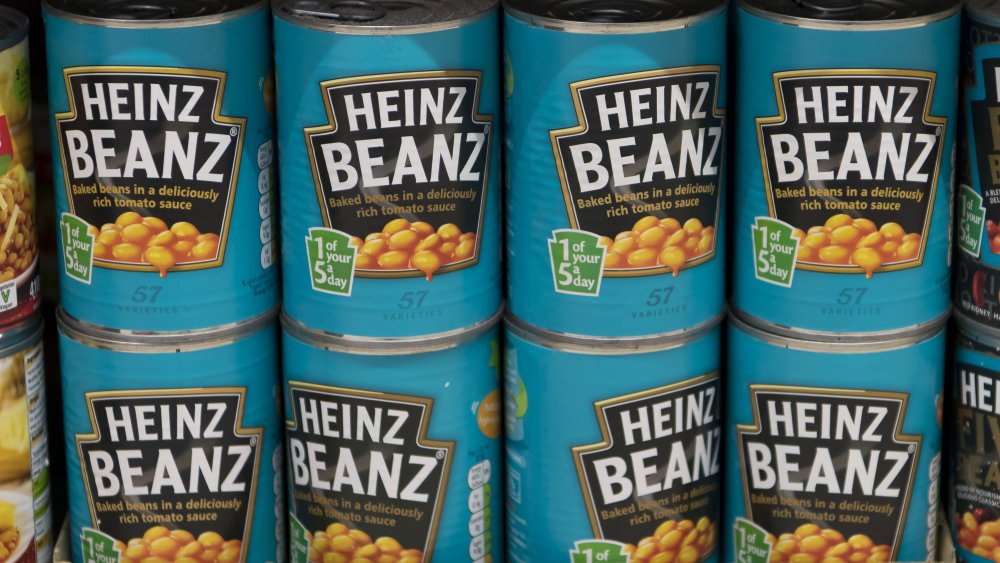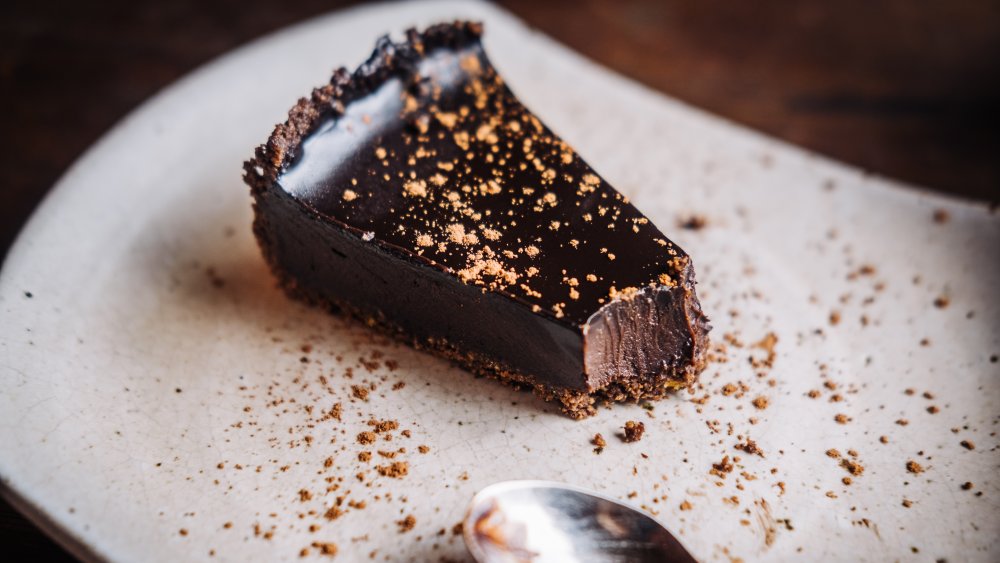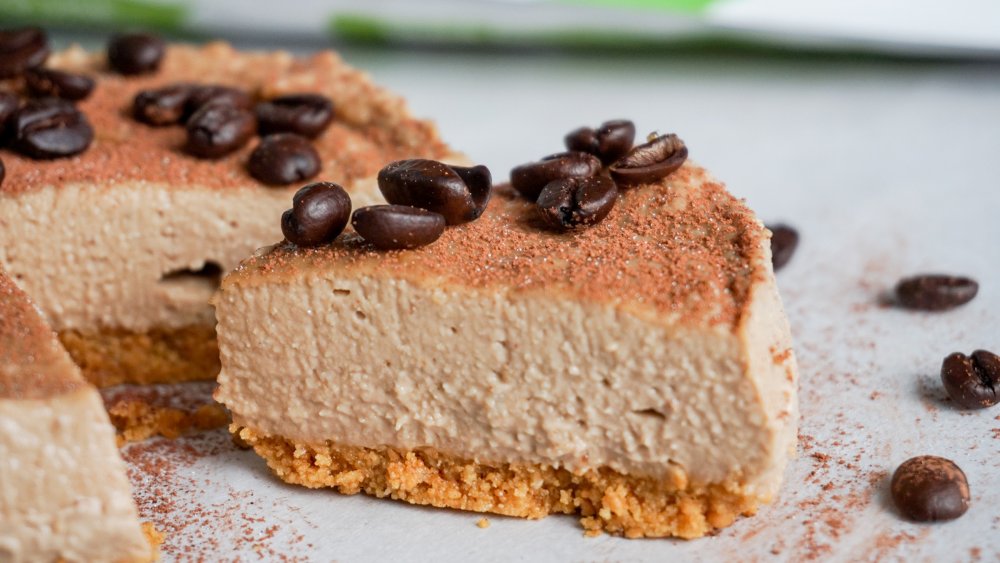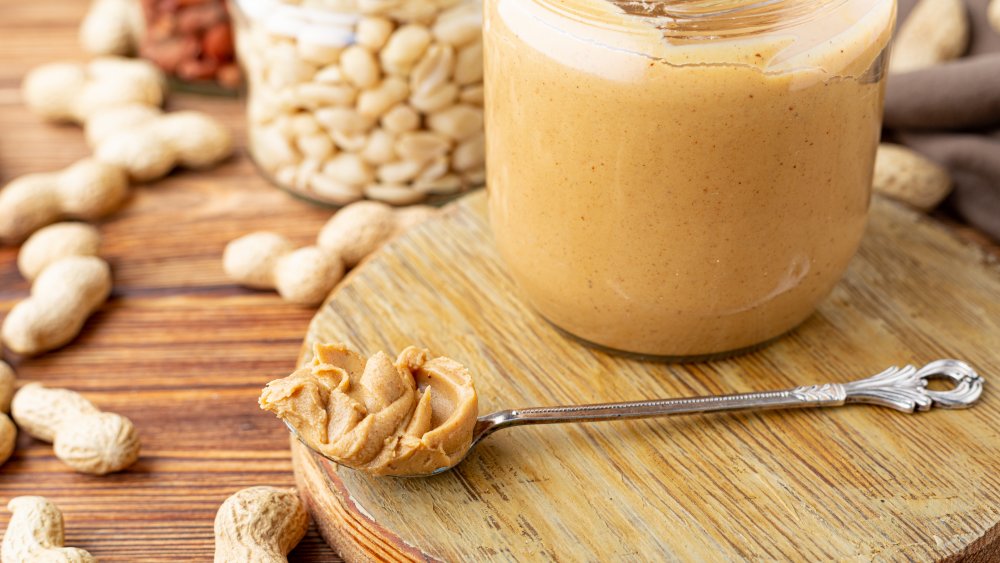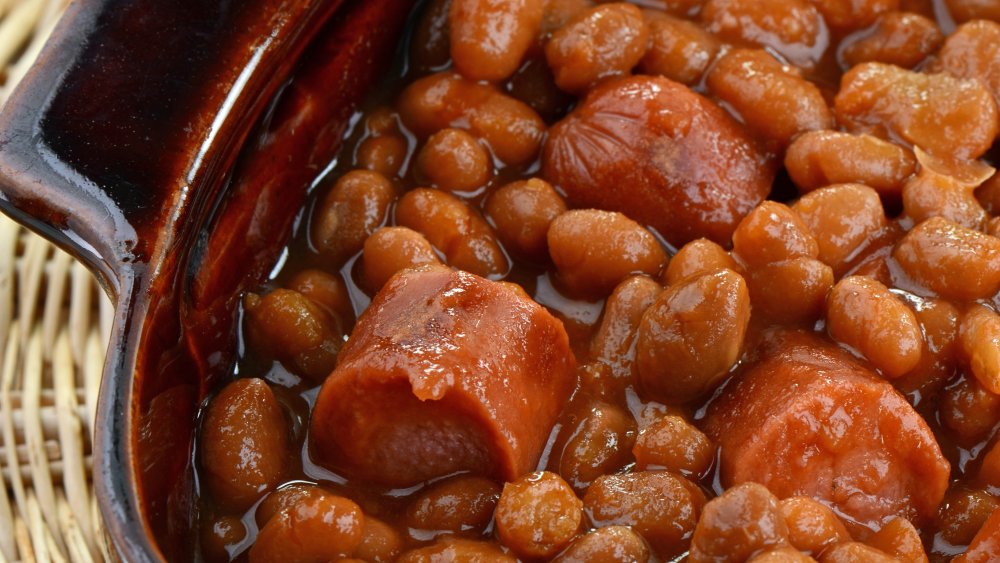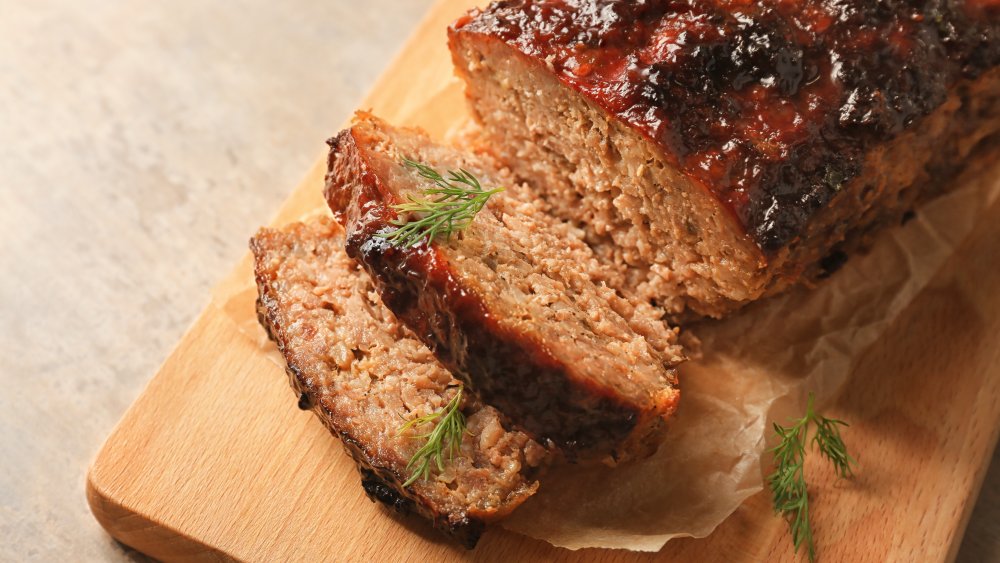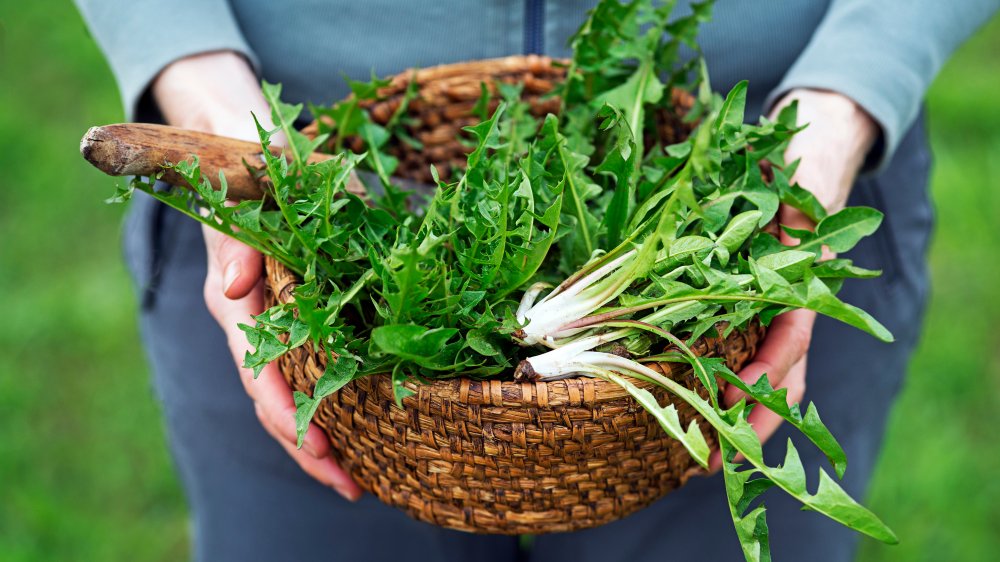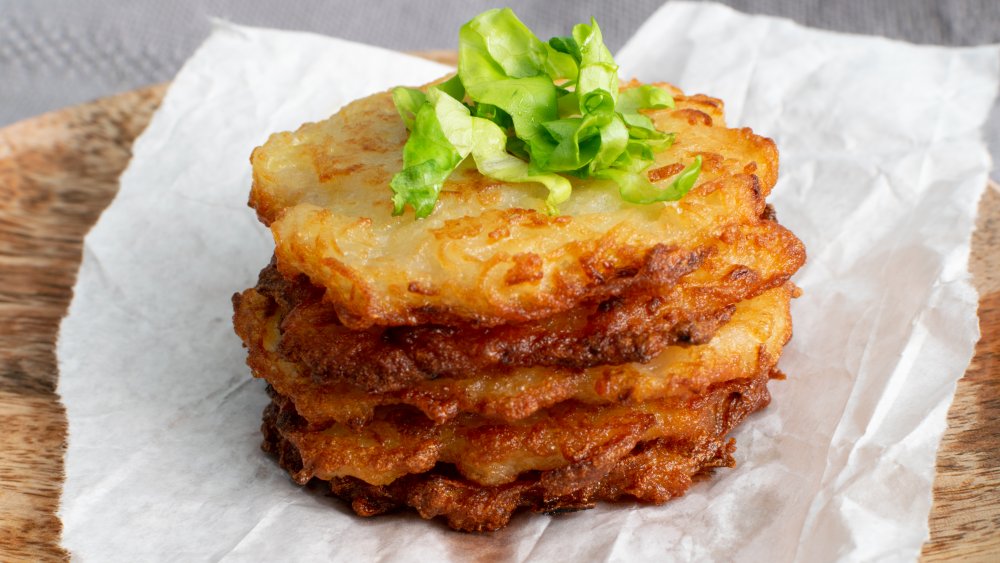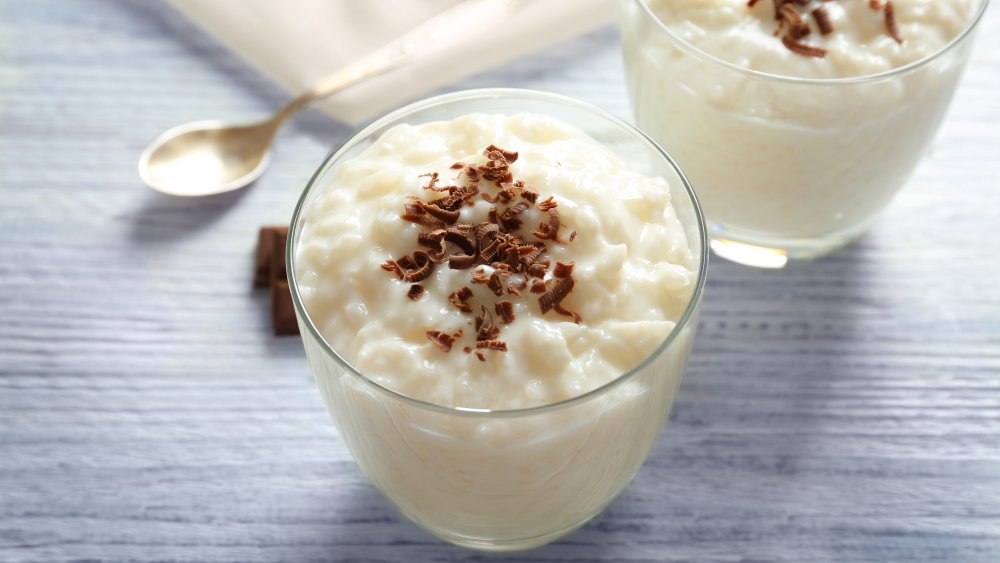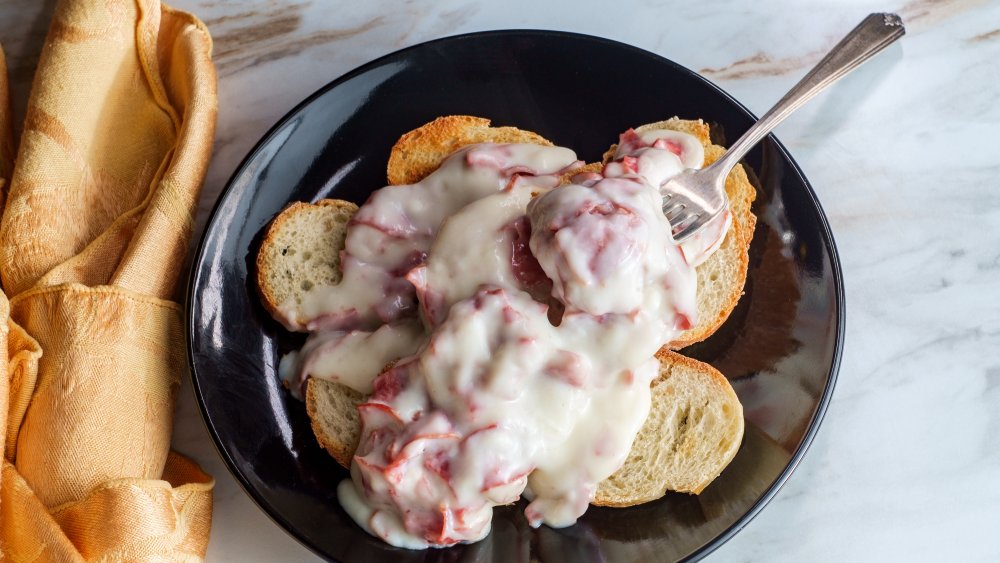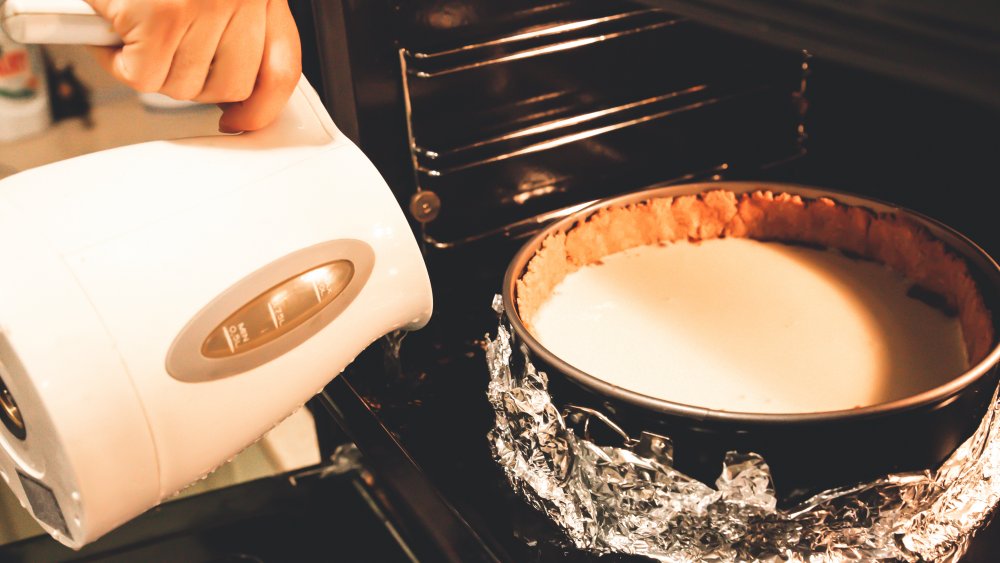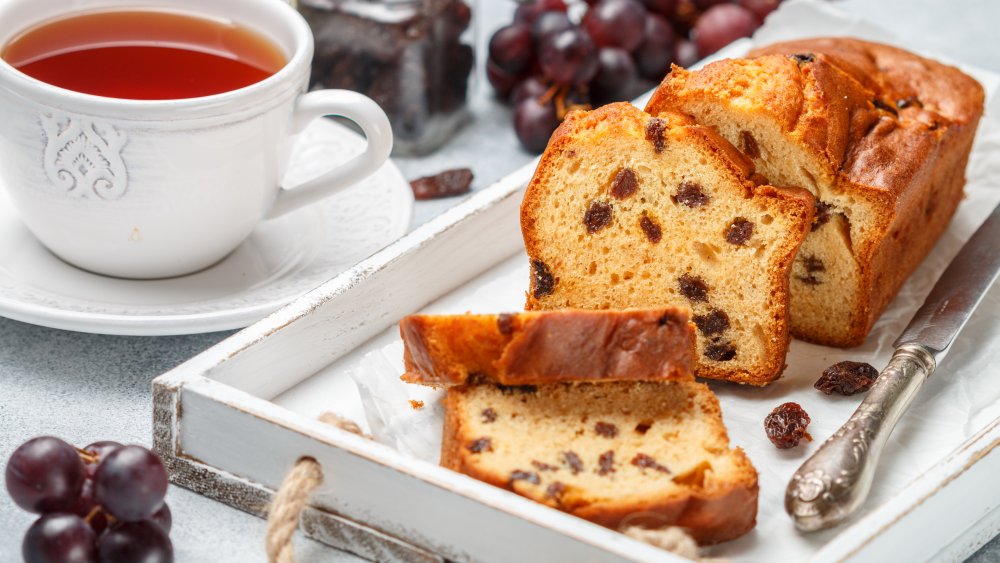Depression-Era Foods That Are Weirdly Making A Comeback
The Great Depression lasted a decade, but its effects changed a generation. Echoing events of 2020, the Depression caused widespread unemployment and food shortages of meat, milk, and other pantry staples. Cooks during the unprecedented economic downturn learned eating simple meals without waste could stretch their dollar. The popularity of home gardens, foraging for food, and alternative recipes emerged as a way to work around high food costs of fresh produce, meat, and dairy products. Although 2020, fortunately, didn't see the same long-term impacts as the 1930s, home cooking doesn't appear to be going anywhere and Depression-era foods are making a comeback.
During the height of the pandemic, The New York Times reported empty shelves across the country and the inability of grocers to keep staple pantry items and fresh produce in stock. Essentials such as beans, rice, pasta, and peanut butter became hot commodities. Hot dog sales also spiked. Thanks to modern food shortages — and farmers being forced to destroy food — pared-down cooking habits are once again being embraced. Home cooks are turning to Depression-era foods made with affordable and shelf-stable ingredients to feed the whole family.
Stovetop baked beans
Dinner couldn't get simpler with old-fashioned baked beans. Beans are low-cost, filling, and can be bought in bulk. Stovetop baked beans are also super easy to make. Navy beans are a staple today during barbecues but are great year-round when you're looking for a simple home-cooked meal. Celebrate Boston explains baked beans go back as far as the first Pilgrims, cooked the night before the Sabbath in order to avoid cooking or working on the holy day. The secret to a truly flavorful 1930's Boston-style baked beans is the addition of bacon, honey, and molasses. The sweetened and bacon-flavored beans became synonymous with Boston because the city produced rum and had some extra molasses around as a result.
Baked beans aren't fussy, so you can soak your own and start from scratch or, as was the popular option in the 1930s, use canned beans to cut down on time in the kitchen. You can even put your own spin on the Depression-era food if you don't have certain sweeteners — or if you run out of bacon or fatback. You can add spices such as cayenne or a splash of beer. With stovetop baked beans you can choose your own adventure for a simple side dish or main event.
Depression-era wacky chocolate cake without butter or eggs
Chocolate cake from the Depression-era might be pared down with ingredients but doesn't skimp on flavor. Recipes are close to what many chefs have embraced as vegan variations, meaning it's a delicious alternative for frugal chefs and anyone with diet restrictions. Ann Arbor News explained milk, eggs, and butter were scarce or rationed, so home cooks became inventive. TODAY.com spoke to culinary expert Tracy Wilk about how many older cakes, such as the iconic red velvet, used oil instead of butter to stay cost-effective. In a typical recipe, butter keeps cake soft and tender thanks to its fat content. This prevents the gluten in flour from making the dessert tough. In other words, the fat keeps the cake moist.
In this Depression-era chocolate cake, vegetable oil is used for a similar effect but any neutral oil will work. As a bonus, the oil doesn't need to be refrigerated and is dairy-free. Another big change is removing the eggs, which serve as a leavening agent to make the cake rise and give it shape. What do you do if you don't have eggs? The wacky cake uses a combination of vinegar and baking soda to cause a volcano effect. With more cost-effective ingredients and a little innovation, you'll still end up with a light and fluffy cake.
Graham Cracker Pie Crust became a staple thanks to Nabisco propaganda
The graham cracker pie crust is a delicious innovation from the Depression-era. The idea to use the crackers during the Great Depression resulted in part from disgruntled New England bakers and Nabisco's marketing efforts. WBUR reports Presbyterian minister Sylvester Graham educated the public about the importance of fiber and unprocessed grains in the 19th century. The minister railed against the evils of bakers for using white sugar and whole wheat. Not only did nutritional deficits go against what Graham felt the Bible required, he felt food should be homemade, not mass-produced.
Perhaps as a snub, Boston bakers started making cracker-shaped cookies called graham crackers. Sold as a vague health food, the minister would have hated graham crackers for their processed ingredients and commercial producers. The same Boston bakers formed a coalition that would one day become the National Biscuit Company, known today as Nabisco. In order to avoid a drop in sales during the Great Depression, Nabisco created newspaper ads disguised as editorials claiming science proved the health of the crackers they called "Cracker Cookery."
WBUR reports the ads showed the crackers could be used as a cheap and simple pie crust made without flour, sugar, or a rolling pin. Depression-era bakers around the country updated pie recipes like key lime pie and cheesecake to be made with graham cracker crusts. Regardless of the drama, today's bakers will appreciate the budget-friendly approach and the buttery, crispy results.
Peanut butter bread without yeast
Baking bread during the 2020 quarantine became a social media phenomenon. For many, finding yeast could've been compared to a hero's journey as shelves were emptied due to panic buying. Delish reported online searches for "yeastless bread recipes" went up 4,400% and phrases like "no egg cake recipe" and "canned ham recipes" started trending worldwide. The Depression-era "quick bread" recipe appeared originally in the Five Roses Cook Book from a Canadian flour company in 1932. Peanut butter bread resurfaced during the pandemic on Reddit as some people found they had more time to play at home in the kitchen, and restaurants being closed spurred others to get imaginative.
Quick breads lend themselves well to dense, dessert-style recipes. Today.com found the total cooking time can be cut in half thanks to the baking powder. Peanut butter bread is also a recipe of the times because you also don't need to knead the bread or wait for it to rise. Plus, the peanut butter and milk make this bread a hearty yet affordable snack. Peanut butter bread is a "make-do" recipe that feels as relevant today as it did when food shortages and rationing became common in the 1930s.
Depression-era wieners and beans
You might have heard of this Depression-era food due to its ease when camping outdoors. Hot dogs certainly haven't gone out of style since the Great Depression, but the mystery meat became a staple at the dinner table during the era. Serious Eats reports hot dogs debuted in Chicago at the 1893 World's Fair. It's believed in the 1930s, vegetable stands started offering the "depression sandwich," as in a hot frankfurter on a roll with fries and a rotating selection of vegetables on top. This working-class hot dog also made its way onto dinner plates at home as a cheap meat that many could afford at the local butcher.
Paired with stovetop beans, a common protein source at the time, according to Simply Stacie, home cooks made wieners and beans as a hearty meal that could flavor the meat and fill up the whole family. Mixing in vegetables, seasonings, and onions are also easy ways to stretch out the humble dogs into a more filling main dish.
Depression-era meatloaf is beloved through the ages
Meatloaf is an affordable and hearty meal that seems to go in and out of style. It should be no secret to any cook that meatloaf's main appeal is its ability to stretch out meat with as much filling and flavor as possible. The savory loaf transforming a bit of ground beef into a main dish is one of the reasons meatloaf became a popular Depression-era food, and its appeal is not relegated to the States.
The Atlantic reported the Oxford Companion to Food found meatloaf first mentioned in the U.S. in 1899. The view of meatloaf as comfort food stems from its frequent appearance on dinner plates in the 1930s. Warm and filling, meatloaf still provides a cheap and nourishing meal when wallets are thin. The secret is using otherwise tough cuts of beef like chuck or rump that are made tender after grinding. Small amounts of beef or veal are stretched by adding fillers such as bread and crackers, quick-cooking oats, tapioca, and breakfast cereal. Then, throw on some ketchup to maximize flavor without a hefty cost. For many who grew up eating this dish, its return to dinner plates only reminds us why comfort food got its name in the first place.
Dandelion salad from foraging
Turns out you don't have to go far to be part of the foraging trend. The same plant threatening pristine lawns coast to coast is a nutritional food source. Mother Earth News found harvesting wild dandelions has long been a springtime tradition. Today, dandelions in the U.S. have been vilified thanks to an estimated 80 million pounds of pesticides used each year on home lawns to eradicate dandelions and other plants that are perceived to be invasive. The plant's benefits are many, however, and some savvy home cooks are turning back to the land for inspiration.
Clara Cannucciari, the popular Depression-era chef who lived to be 98-years-old, learned how to make a dandelion salad by harvesting the bitter greens when she lived through the massive economic downturn. The key is to avoid any areas that might be treated with pesticides, clean the plants well, and discard any brown leaves and flowers. An expert in Depression-era cooking, Cannucciari demonstrated the simple and budget-friendly recipes that feel all the more relevant during the 2020 pandemic.
While the dandelion greens can be served fresh, Cup of Zest promotes sauteeing and wilting the greens in bacon fat. The hot greens are served with bacon and a hard-boiled egg — another recipe of the Depression-era that made the dish a heartier meal. If you haven't used dandelion greens before, look for smaller leaves, thinner stalks, and bunches that don't taste bitter when you take a bite.
Depression-era leftover potato pancakes
No food went to waste during the widespread hardships of the Great Depression. Cooks stretched meals with what little meat they could get, grew their own food, and foraged for wild edibles. Today, no waste has made a resurgence in recent years by using the whole animal, a method called "nose to tail" for its use of even lesser-known cuts, bone marrow, and organs like liver to make delicious yet unexpected foods. Eating the "whole plant" — root to leaves, perhaps — is a newer approach speaking to the same desire to eliminate waste and get all the nutrition.
Depression-era potato pancakes are way ahead of the trend for their ability to transform any leftovers into a new meal. Frying up the leftover mashed potatoes or potato scraps in oil creates a hearty pancake. Many chefs will recognize the potato pancake as a make-do version of the traditional latkes. The Buffalo News writer explains how the potato pancake can be personalized based on your tastes and available pantry items. Grate the potatoes fine or coarse, use mashed potatoes, bread crumbs, or matzo meal to make this timeless meal all your own.
Rice pudding was a simple luxury during the Great Depression
There's a reason rice pudding is as popular today as it was back in the day. Rice pudding is a "stick to your ribs" style of dessert that became popular out of necessity during the Depression. This budget-friendly snack also feels like a luxury that's easy to make. It's not hard to see why this comfort food gained popularity during the 2020 pandemic. The simplicity of the rice pudding recipe means you can make it with just four ingredients. Plus, the shelf-stable, sticky rice makes it ideal for times of uncertainty.
Rices typically used for risotto and sushi contain more starch and make a creamy, pudding-like consistency. Rice pudding is then heated with sugar and milk to make a sweet snack. This is one dish that is tasty and offers many variations. In Ireland, rice pudding is served warm. It can also be refrigerated and served cold, as is common in the States. You can also add vanilla, cinnamon, and jam to the top to bring additional flavor that might have been hard to come by during the '30s. This Depression-era food is ideal for anyone looking to save money or try a new recipe.
Chipped beef on toast or SOS from the Depression
Hear us out: Chipped beef is a Depression-era staple due to its budget-friendly ingredients and surprisingly addictive taste. Eat This, Not That found the chipped beef on toast recipe originated as a staple in the diets of U.S. military members during World War I and II. Military personnel created the "SOS" term meaning many things, including PG-version "same old stuff." Most meat, except for hot dogs and beef, cost too much or was unavailable to the general public. Chipped beef is similar to spam and tuna in that it is preserved in a can.
Weegee Sachtjen reports chipped beef on toast consists of white sauce or gravy with pieces of dried beef spread over toasted bread. You can also try the chipped beef gravy over biscuits, potatoes, egg noodles, rice, or in casseroles. The sauce can be made similar to a béchamel or gravy with flour, butter, and milk. Stir in the salty chipped beef and serve over your yeastless bread of choice or homemade biscuits.
Depression-era water pie
Water pie is returning from the Depression-era due to its simplicity. Cooks during the 1930s used water as a filler, especially when ingredients like butter and egg were rationed. It's the perfect recipe especially if you're missing some staples. All you need to make this sweet, buttery dessert is, you guessed it, hot water, as well as vanilla, sugar, butter, flour, and pie crust. Can't get easier than six ingredients. Parade explains that while water is the main ingredient, this dessert is far from a soupy mess. The water pie is a sweet alternative especially if you're low in supplies like eggs, milk, or yeast.
Chilling the pie is how this thin filling keeps its shape. Southern Plate explains the deep-dish pie crust holds the magic together and makes a big difference if you want to avoid a bubbled over disaster while baking. Amish365 found if you don't have vanilla on hand, you can make a variation on the six-ingredient pie by using cinnamon to add a bit of spice.
Poor man's cake without eggs or dairy
Rationing of items such as dairy and eggs during the Great Depression and through WWII made bakers get creative. The main foods rationed during the Great Depression were sugar, coffee, meat, fish, butter, eggs, and cheese. The government rationed food items in order to prevent hoarding, prepare for war efforts, and to try and help stabilize the economy. Panic buying became a harsh reality for people across the country during the pandemic, so cooks turned to old-fashioned alternatives such as poor man's cake for a sweet dessert and a rather hearty snack.
Great Grub, Delicious Treats explains most of the ingredients are pantry staples and raisins are the star of the show in this pared-down dessert. The raisins are plumped in order to add tenderness. Cream cheese frosting adds additional sweetness and a sour bite. Instead of eggs, the cake calls for cheaper baking soda to get more of a fluff. Still, plan on a dense hearty texture — similar to a wacky cake from the Depression-era. Also, spices such as ginger, clove, cinnamon, and nutmeg make this cake perfect for the winter season.
